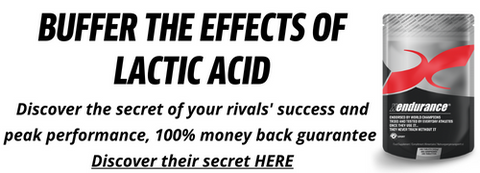How many times have you heard coaches tell athletes that they should avoid setting time-based goals? We are going to echo those words of advice but appreciate that it is human nature to want to do it.
Here are some general guidelines to ensure you are setting your day up for success.
THE SWIM
It is very, very difficult to set a swim goal time as conditions change, buoys move, navigation accuracy can vary and you may or may not get a draft. Setting a swim time goal can give you a false sense of satisfaction (or disappointment) when you exit the swim. You are better off learning the feel for a pace that is appropriate for the distance. A simple test is to go to the pool, get warmed up and perform a max effort 400 time trial (with fairly even pacing). As a rough guide, your half-Ironman pace would likely be around 5–8 seconds per 100 slower than your 400 time for beginner to intermediate level athletes. Go back to the pool and try swimming 1000 at 5–8 seconds slower than your 400 pace and assess how this feels. Repeat this over several sessions and remember if you plan on starting fast in the race, you must practice this regularly in training. Note: An all-out sprint start is not advised for beginner to intermediate-level athletes.
THE BIKE
Time goals on the bike are also massively influenced by factors you cannot control: wind, road surface, terrain, etc. I encourage athletes to set power or heart rate ceiling numbers not to exceed. For most age-group athletes, a ceiling of 85 per cent of functional threshold power (FTP) works well. If you are racing by heart rate, the ceiling should also be around 85 per cent of your maximum heart rate on the bike. These are ceiling numbers, not targets— learning what “feels” right is important.
THE RUN
The run is the safest place to set time goals. As with the bike I encourage athletes to have a ceiling pace. This ceiling should only apply for the first third of the run, then racing by feel should take over (but using a GPS watch can help keep you on task). To set a realistic pace, you need to know your fresh pace times. If you have an accurate 5K or 10K time, you can use the Jack Daniels Vdot system to get a good estimate of what you are capable of running for a standalone half-marathon (search online for Jack Daniels Vdot calculator). Add around 8–10 per cent to your fresh half marathon time for a 70.3, and that should ensure you don’t go out too hard.
All of the above points take into account you train specifically for your main race. That means plenty of simulating race conditions at target race pace with solid back-to-back swim/bike/ run workouts.









